Missing Person Photos
A missing person is a person who has disappeared and whose status as alive or dead cannot be confirmed as their location and condition are unknown. A person may go missing through a voluntary disappearance, or else due to an accident, crime, death in a location where they cannot be found (such as at sea), or many other reasons. In most parts of the world, a missing person will usually be found quickly. While criminal abductions are some of the most widely reported missing person cases, these account for only 2 to 5 percent of missing children in Europe.
By contrast, some missing person cases remain unresolved for many years. Laws related to these cases are often complex since, in many jurisdictions, relatives and third parties may not deal with a person's assets until their death is considered proven by law and a formal death certificate issued. The situation, uncertainties, and lack of closure or a funeral resulting when a person goes missing may be extremely painful with long-lasting effects on family and friends.
A number of organizations seek to connect, share best practices, and disseminate information and images of missing children to improve the effectiveness of missing children investigations, including the International Commission on Missing Persons, the International Centre for Missing & Exploited Children (ICMEC), as well as national organizations, including the National Center for Missing & Exploited Children in the US, Missing People in the UK, Child Focus in Belgium, and The Smile of the Child in Greece.

Resources for Missing Persons
According to current statistics, 4,000 people in the United States go missing every day.
Sometimes a child suddenly vanishes from the bus stop or the local park or even from their own yard or bedroom. Or a teenager doesn�t return home after a walk to the neighborhood grocery store or a bike ride or a party with friends.
Other times, an adult is mysteriously absent from their job or neighbors haven�t seen them for several days, and family and friends haven�t heard from them either.
Missing Person Case Updates with Photos
Nicholas Patrick Barclay

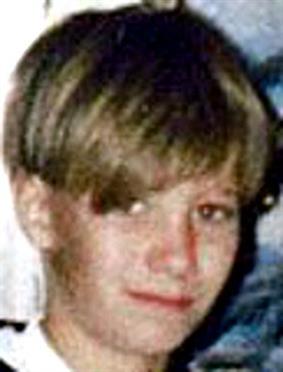


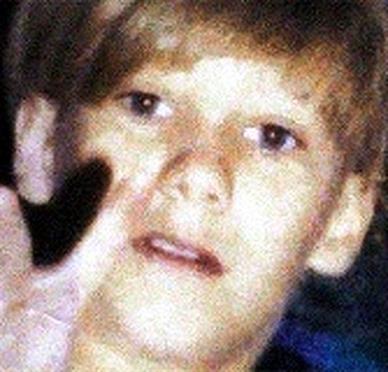
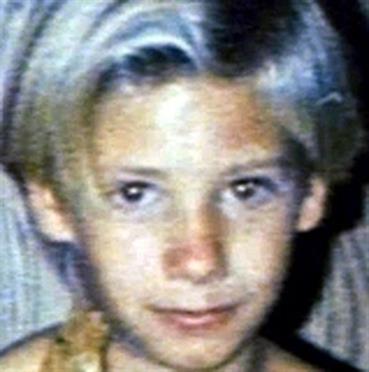
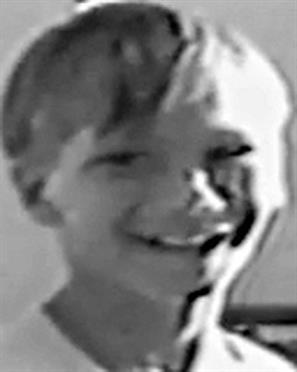
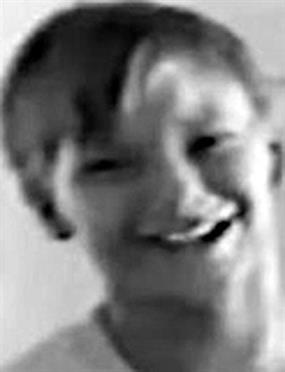
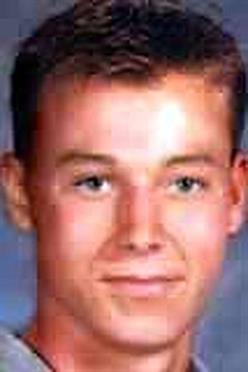
Nicholas, date, approximate 1994; Age-progression to age 26 (date, approximate 2006)
Date Missing 06/13/1994
Missing From
San Antonio, Texas
Missing Classification Endangered Missing
Sex Male
Race
White
Date of Birth 12/31/1980 (41)
Age 13 years old
Height and Weight 4'8, 80 pounds
Clothing/Jewelry Description A white t-shirt, purple pants and black sneakers. He was carrying a pink backpack.
Medical Conditions Nicholas has been diagnosed with attention-deficit disorder.
Markings and/or Distinguishing Characteristics Caucasian male. Light brown hair, blue eyes. Nicholas has tattoos of the letters "J" on his left shoulder, "T" on his left hand between his thumb and forefinger, and the letters "L" and "N" on his outer left ankle. He has a gap between his front teeth. His nickname is Nicky.
Details of Disappearance Nicholas was last seen playing basketball with friends in his hometown of San Antonio, Texas on June 13, 1994. He called home and wanted his mother to pick him up, but she was asleep and Nicholas's older brother refused to wake her. He never returned home.
Authorities initially believed Nicholas left of his own accord. He had done so before, but never for more than a day. His mother stated that he occasionally hit and cursed at her, and the police were often called to the residence in response to arguments. His mother had Nicholas's brother move into their home in an effort to keep her son under control.
Nicholas was frequently truant and got into trouble when he did attend school. He has a juvenile criminal record; he broke into a convenience store, stole a pair of shoes and threatened a teacher. The sentencing hearing was set for June 14, the day after he vanished. One possibility was placement in a group home, and Nicholas was very opposed to this.
On September 25th, Nicholas's older half-brother called the police and said he thought he saw Nicholas trying to break into the family's garage. Nicholas fled when he realized his brother had seen him. The police searched the neighborhood, but couldn't find him. They don't believe Nicholas's brother had in fact seen him, and neither does their mother.
Law enforcement officials received a phone call from a man at a youth shelter in Linares, Spain in October 1997, over three years after Nicholas's disappearance. The caller said that Nicholas was living at the Spanish shelter after escaping from a child sex ring operation. The man said that the person believed to be Nicholas had been abused for years.
Nicholas's sister flew to Spain, identified the person as her brother, and brought him back to Texas.Nicholas's mother believed the man was her child, but many other people, including his uncle, were suspicious of his claims.
The individual had dark brown hair and dark brown eyes, and spoke with a French accent and European phrasing. He claimed his abductors had chemically altered his hair and eye color and that he picked up different speech patterns from living in Europe for so long. The individual refused to voluntarily provide blood samples or have his fingerprints taken to confirm his identity, and he refused to name his abductors.
In February 1998, the FBI got a court order to take the individual's fingerprints and blood and determine a match with Nicholas. The fingerprints identified the man as Frederic Pierre Bourdin, a 23-year-old French citizen. Bourdin has a criminal history in Europe and has used many aliases. He pleaded guilty to passport fraud and perjury in 1998, admitting that he had posed as Nicholas after getting the missing boy's information from a missing child center.
After Bourdin was exposed, he made several contradicting statements about Nicholas: he claimed he had known Nicholas in Spain and that the boy was alive, he claimed he had proof that Nicholas was deceased, and later he denied having ever met Nicholas at all and stated he knew nothing about the . He was sentenced to six years in prison, more than three times what the sentencing guidelines suggested, because of the harm he caused the Barclay family.
After Bourdin's identity was discovered, police began investigating Nicholas's family for possible involvement in his disappearance. His mother was addicted to heroin in 1994, but she went into recovery after he vanished. She passed one polygraph about Nicholas's , but failed the second one.
Nicholas's brother developed a drug problem after his disappearance and he died of a cocaine overdose later in 1998. He had been considered a possible suspect in his brother's disappearance, and with his death the investigation stalled.
Nicholas has never been located and his remains unsolved. He may still be living in the San Antonio area. While many agencies continue to classify him as a runaway, foul play is possible in his disappearance.
Investigating Agency
San Antonio Police Department
210-207-7484
Other
The National Center for Missing and Exploited Children
America's Most Wanted
Texas Department of Public Safety
The San Antonio Express-News
The Great Pretenders: The True Stories Behind Famous Historical Mysteries
The New Yorker
The London Daily Telegraph
The Sydney Morning Herald
Living Magazine
Missing Person Photos
A missing person is a person who has disappeared and whose status as alive or dead cannot be confirmed as their location and condition are unknown. A person may go missing through a voluntary disappearance, or else due to an accident, crime, death in a location where they cannot be found (such as at sea), or many other reasons. In most parts of the world, a missing person will usually be found quickly. While criminal abductions are some of the most widely reported missing person cases, these account for only 2 to 5 percent of missing children in Europe.
By contrast, some missing person cases remain unresolved for many years. Laws related to these cases are often complex since, in many jurisdictions, relatives and third parties may not deal with a person's assets until their death is considered proven by law and a formal death certificate issued. The situation, uncertainties, and lack of closure or a funeral resulting when a person goes missing may be extremely painful with long-lasting effects on family and friends.
A number of organizations seek to connect, share best practices, and disseminate information and images of missing children to improve the effectiveness of missing children investigations, including the International Commission on Missing Persons, the International Centre for Missing & Exploited Children (ICMEC), as well as national organizations, including the National Center for Missing & Exploited Children in the US, Missing People in the UK, Child Focus in Belgium, and The Smile of the Child in Greece.

Resources for Missing Persons
According to current statistics, 4,000 people in the United States go missing every day.
Sometimes a child suddenly vanishes from the bus stop or the local park or even from their own yard or bedroom. Or a teenager doesn�t return home after a walk to the neighborhood grocery store or a bike ride or a party with friends.
Other times, an adult is mysteriously absent from their job or neighbors haven�t seen them for several days, and family and friends haven�t heard from them either.
Missing Person Case Updates with Photos